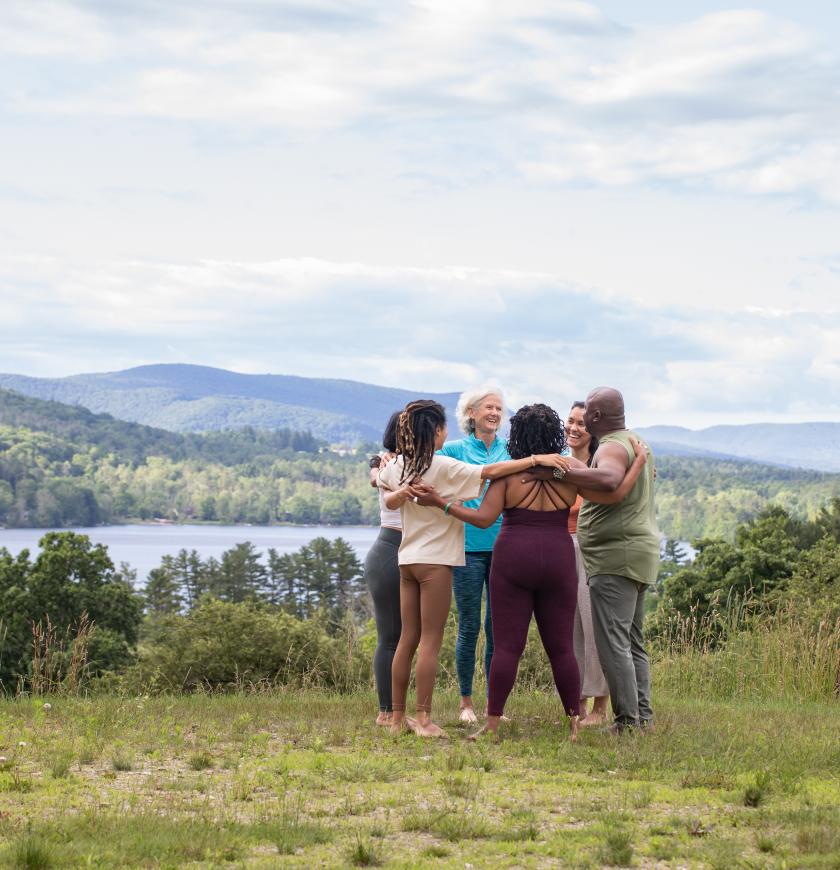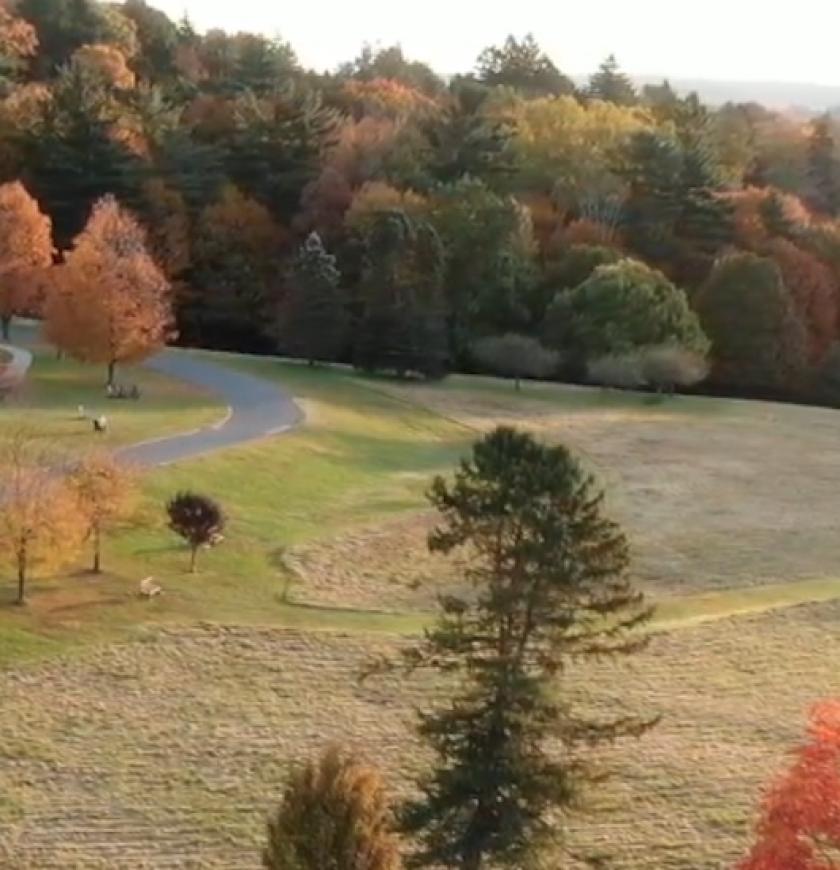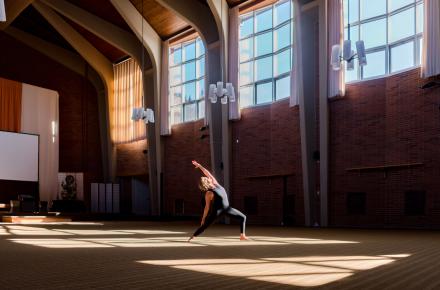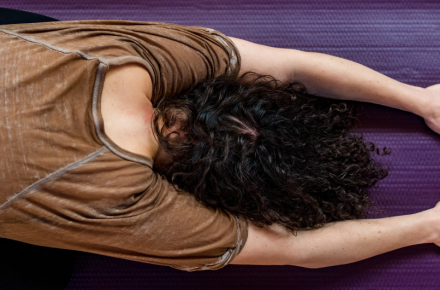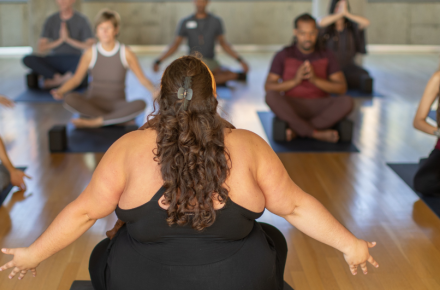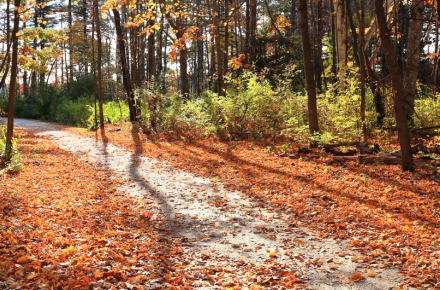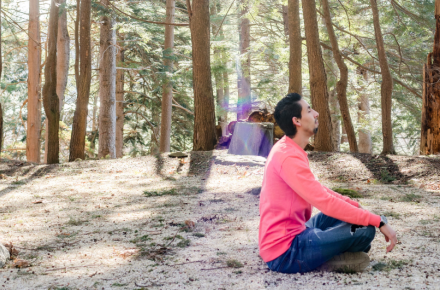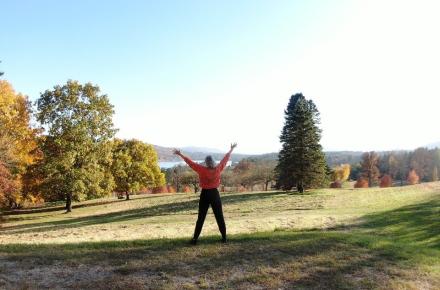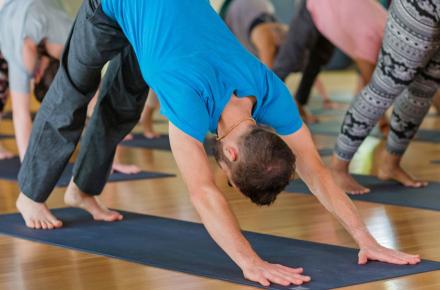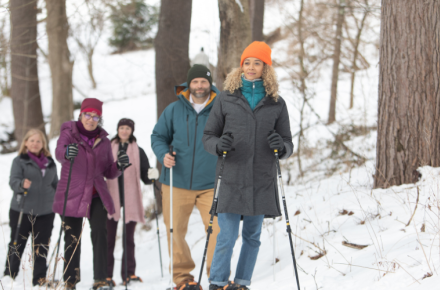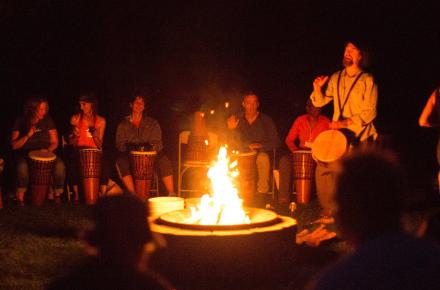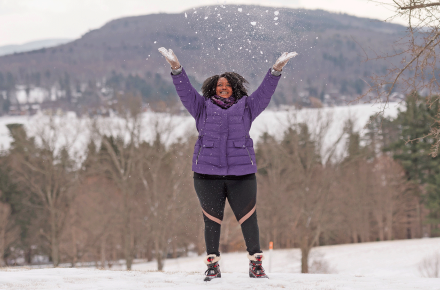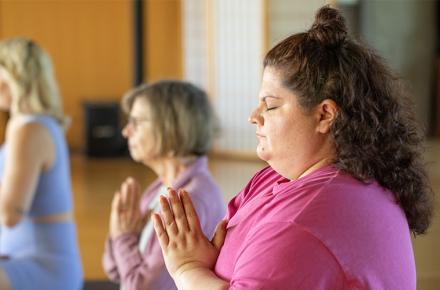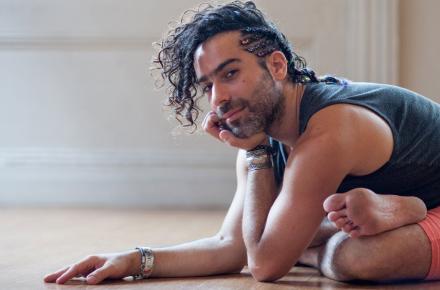Practices to Bring Light Into Your Winter

by Bess Hochstein
There’s an annual ritual in our household. When the days get shorter, my husband plugs in a special lamp that simulates sunlight. Prone to seasonal affective disorder (SAD), he finds that a half hour under the lamp, at sunrise and sunset, helps regulate his moods as daylight wanes.
Even without a diagnosis of SAD, it’s only natural that a dearth of sunlight combined with winter’s chill can weigh heavily on us. But you don’t have to buy a sun lamp to pull yourself out of a seasonal funk. We’ve asked a selection of teachers for practices that can bring light into your winter. Here are a few of their bright ideas.
Visualize the light within.
From Todd Norian, founder of Ashaya Yoga: Try this meditation to build heat: Visualize a candle flame in each of your chakras, starting at the base of your spine and moving to the sacral region, navel, heart, throat, forehead, and crown of the head. Then visualize candles glowing in both palms and on the soles of both feet. Now imagine all the flames simultaneously aglow.
Try warming breath work.
From Erin Casperson, Dean of the Kripalu School of Ayurveda: Practice Kapalabhati, or Skull-Polishing Breath, a series of short, sharp exhalations and passive inhalations done while pumping the belly. “Kapalabhati is a warming breath that clears the cloudiness from the mind while stoking the internal digestive fire,” Erin says. It’s also good for clearing the sinuses!
Perform rituals to honor the season.
From Kripalu Yoga teacher and teacher trainer Michelle Dalbec: Create a winter ritual that flows with and honors the change of rhythm in the season. “Pause and marvel at how amazing winter sunsets are, or create a gratitude journal and find something you’re grateful for each day that happens only in winter.”
Fire it up!
From Todd and Erin: Light a campfire outside, light your wood stove or fireplace, or turn on your oven. “Contemplate the magic and miracle of fire,” says Todd. Erin suggests swapping out salads for roasted vegetables, casseroles, soups, and stews.
Do daily warm-ups.
From Sarajean Rudman, Kripalu Yoga teacher and former Kripalu School of Ayurveda Intern: Move your body to the point of breaking a sweat every day. “This can be a vigorous yoga flow, or perhaps dancing, some kind of calisthenics or martial arts, or a jog if it isn't freezing out,” she says. “When we’re closed inside all winter, it’s easy to get stagnant and spend much of the time seated. Invoking lightness in the body to ward off the heaviness of winter brings joy and energy into my day.”
Breathe the air.
From Erin: “Each morning, when the sun comes out, I make sure to go outside and breathe, even when it’s freezing cold or cloudy.” Exposure to the morning light keep us aligned with our natural, diurnal rhythms, she says.
Move inward.
From psychotherapist Miriam Greenspan, author of Healing Through the Dark Emotions: The Wisdom of Grief, Fear, and Despair: Welcome the introversion that this season naturally encourages. “Just as the winter brings with it cold and frost, many people in this season find their hearts constricting, a kind of interior winter weather,” Miriam says. “While this can feel distressing, it’s actually a signal to bring our attention inward.”
Explore illuminating traditions.
From Father Thomas Ryan, author of 14 books on spiritual life: Delve into the original symbolism of seasonal traditions, such as the lighting of the Hanukkah menorah or the star atop the Christmas tree. “The decorations featuring light that fill our homes and public places from late November to mid-January can serve as reminders of a guiding, strengthening Presence that seeks to lead us from darkness into light,” he says. “If people of every faith saw in all the seasonal lights on tables, trees, lampposts, and homes a reminder that we are loved with an infinite love, that would truly bring light into whatever areas of our lives are frozen and dark.”
Bess Hochstein, a freelance writer based in the Berkshires and Sonoma County, California, writes about yoga, travel, the arts, and culture.
© Kripalu Center for Yoga & Health. All rights reserved. To request permission to reprint, please e-mail editor@kripalu.org.
